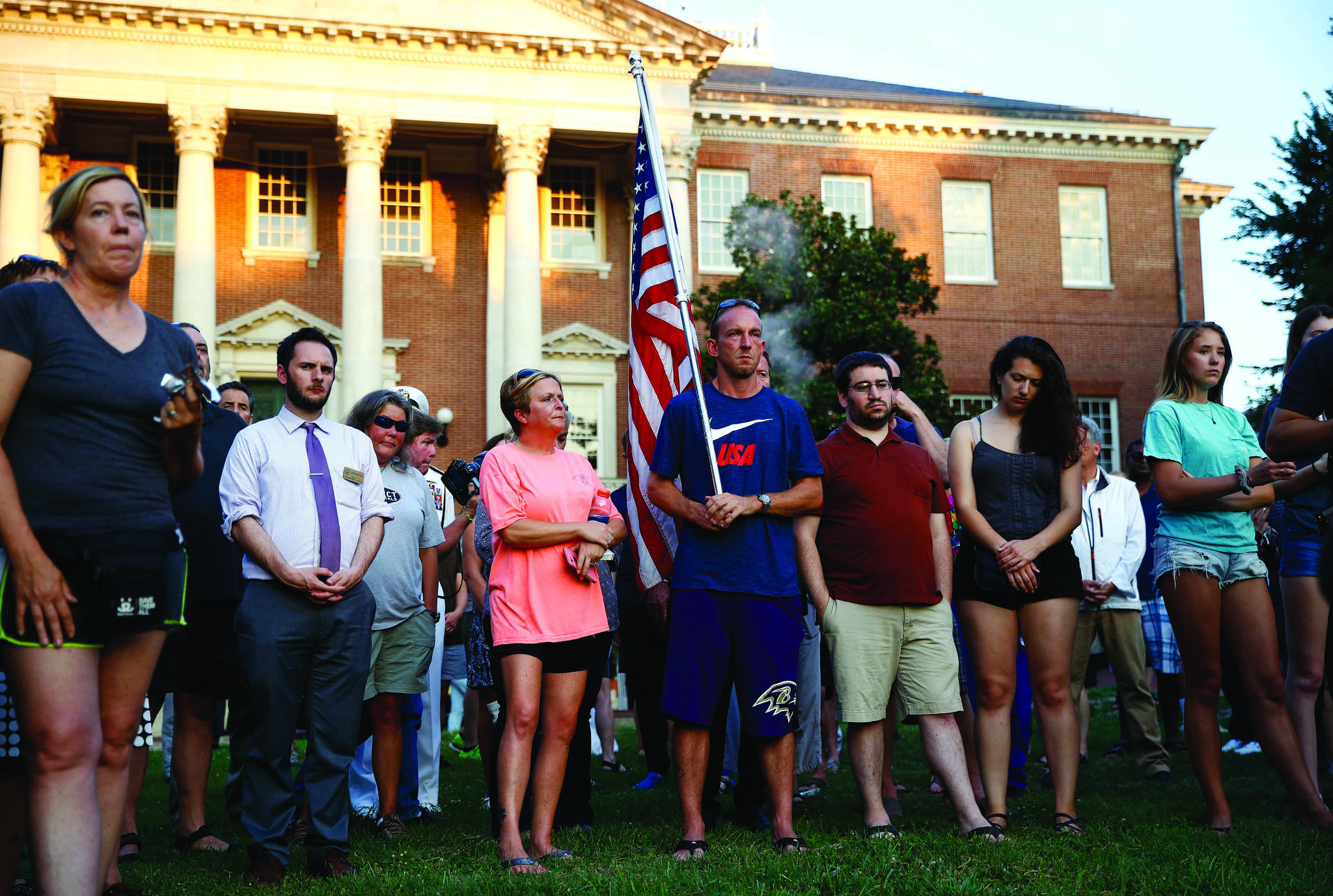“The Capital, like all newspapers, angered people every day in its pursuit of the news. In my day, people protested by writing letters to the editor; today it’s through the barrel of a gun.” – Tom Marquardt
Those are the words from former executive editor and publisher of The Capital Gazette after a gunman opened fire in their Maryland newsroom June 28, killing four in the editorial department and one from the sales department.
A reporter at The Capital did a court story about Jarrod Ramos, the suspected gunman. The story was about his conviction for criminal harassment charges against a female high school classmate. Ramos filed a defamation case against the newspaper and attacked the paper’s employees online. The reporter didn’t want to pursue charges against Ramos and risk making the situation worse. The investigating officer determined there was no threat.
They were wrong.
But you can’t fault the reporter or officers. Ramos’ threats were veiled. They seemed more like online bashing rants.
This incident, however, highlights the fact that reporters die for simply doing their jobs. Last year about 81 reporters worldwide died in targeted killings and crossfire incidents, according to the International Federation of Journalists.
It’s likely that many reporters encounter death threats throughout their career. It’s our job to print the truth and sometimes that isn’t popular. Forbes and Huffington Post writer once said, “If you’re not pissing someone off, you probably aren’t doing anything important.”
It’s not uncommon for reporters to get hate mail and, as journalists, we develop plank thick skin. The verbal and online bashing rolls off like grease from a Teflon pan.
Death threats, however, are another thing. We never get used to them. Neither should the public.
An attack on journalists is an attack on the truth and, in the end, democracy.



